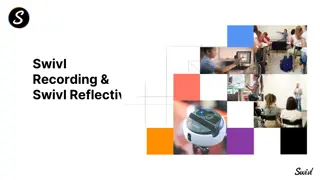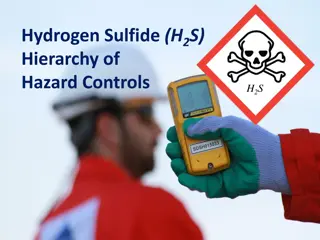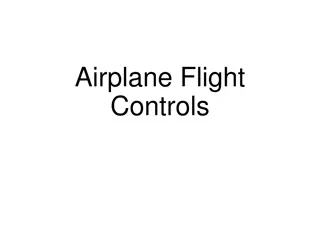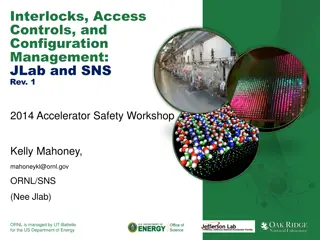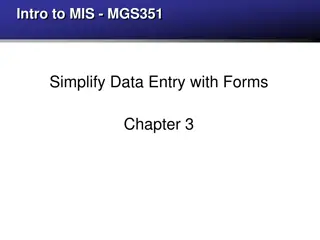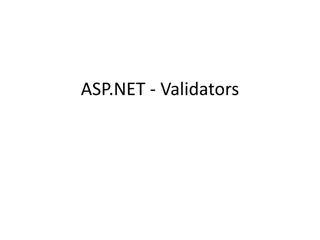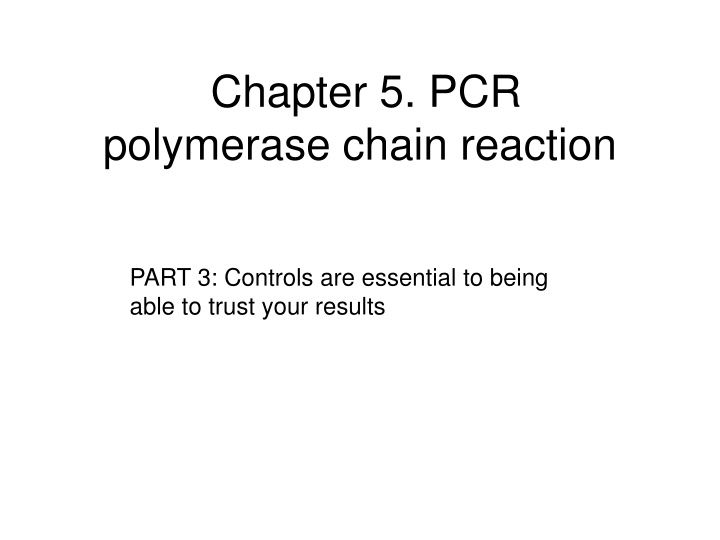
Trustworthy PCR Results: Importance of Controls in PCR
Controls are crucial for ensuring reliable PCR results. Learn about the significance of negative and positive controls in PCR, and how they help in interpreting test outcomes accurately. Images included for better understanding.
Download Presentation

Please find below an Image/Link to download the presentation.
The content on the website is provided AS IS for your information and personal use only. It may not be sold, licensed, or shared on other websites without obtaining consent from the author. If you encounter any issues during the download, it is possible that the publisher has removed the file from their server.
You are allowed to download the files provided on this website for personal or commercial use, subject to the condition that they are used lawfully. All files are the property of their respective owners.
The content on the website is provided AS IS for your information and personal use only. It may not be sold, licensed, or shared on other websites without obtaining consent from the author.
E N D
Presentation Transcript
Chapter 5. PCR polymerase chain reaction PART 3: Controls are essential to being able to trust your results
Diagnostic PCR Many diagnostic PCRs are used to test for presence or absence of something: pathogen DNA contaminants in food foreign genes in food In other cases, different sizes of bands give the genotype of the individual In both these cases controls are essential to being able to correctly interpret your results Bisc 357 2
Negative controls: We always perform a no-template control: it contains, buffers, primers, nucleotides and enzyme, but no added template We expect to see NO BAND in this lane If there is a band, it means some DNA is contaminating one of our reagents, and the DNA is complementary to the primers [ e.g. rat primers might amplify some contaminating human DNA, if a conserved gene, but would not amplify fly DNA] It means that any bands we ve amplified may have come from the contaminant, rather than our added template Bisc 357 3
4 4 3 3 1 2 1 2 0T 0T 0T control shows no contamination 0T control shows contamination Bisc 357 4
Positive controls If we don t see any band in a gel, we assume that the template lacked the complementary sequences BUT: suppose you forgot to add the primer, used the wrong annealing temperature, the buffer had the wrong pH etc? We include a positive control, one that contains a known template and reagents that we KNOW have worked before if the positive control has no band, we ve made some kind of mistake in setting up or running the PCR Bisc 357 5
4 4 3 3 + 2 1 2 0T 0T positive control worked positive control did not work Bisc 357 6
4 1 3 2 4 0T 3 OP 2 0T with an operator lane without an operator lane Bisc 357 7


